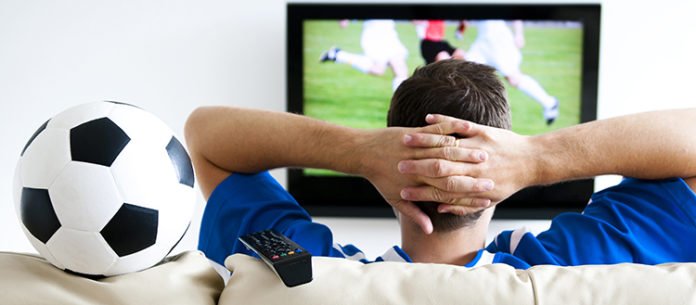According to the World Health Organisation (WHO), almost 30% of adults and 80% of teenagers today do not meet the minimum levels of daily physical activity for staying healthy. Past study has suggested that this happens due to a gap between the intention to play sport and actually playing it among individuals with a leaning towards a sedentary lifestyle.
But what happens in the brain to prevent intention being followed by action?
In a new study by the University of Geneva (UNIGE) and the University Hospitals of Geneva (HUG), Switzerland, scientists studied the neuronal activity of individuals who experienced with making the choice between physical activity and doing nothing.
They noticed that the brain requires far more prominent assets to escape from a general attraction for limiting exertion. A battle at that point breaks out between the desire to do nothing and the physical activity. The outcomes are consistent with the possibility that our ancestors had to keep away from the unnecessary physical effort to build their odds of survival – which, obviously, is never again essential in our modern societies.
Scientists studied the neuronal activity of 29 people, all of whom wanted to be active in their daily lives without necessarily being so. The participants had to choose between physical activity and inactivity while the researchers probed their brain activity using an electroencephalograph equipped with 64 electrodes.
Boris Cheval, a researcher at NCCR LIVES at the Faculty of Medicine at UNIGE said, “We made participants play the “manikin task” which involved steering a dummy towards images representing a physical activity, and subsequently moving it away from images portraying sedentary behavior. They were then asked to perform the reverse action.”
Scientists then compared the differences in the time taken to approach the sedentary image and to avoid it. They found that participants took 32 milliseconds less to move away from the sedentary image, which is considerable for a task like this. It was an outcome that went against the theory and the physical activity paradox.
Cheval explained, “The members evaded the stationary image faster than they moved toward it for two reasons: first since this activity was steady with the instructions given by the analysts; and, all the more imperatively, in light of the fact that it was with regards to their aim to be physically active. Likewise, they approached the assets expected to break free from their natural inclination, which drives them to minimize their efforts and respond rapidly to counter this “instinct”.”
“Moreover, we observed that the electrical activity associated with two brain zones, in particular, the front-medial cortex and the fronto-central cortex, was much higher when the participant had to choose the sedentary option.”
“These two areas represent the struggle that takes place between reason and the effects, and the capacity to inhibit natural tendencies, respectively. This means the brain has to use much more resources to move away from sedentary behavior, rather than follow its natural penchant for minimizing effort.”
Where does this inclination for sedentary behavior come from?
Scientists noted, “Making as little effort as possible was crucial for the human species during evolution. This orientation towards saving and conserving resources increased the chances of survival and reproduction. On the contrary, physical activity should be encouraged instead of putting temptations in the way to do less, such as escalators or elevators. For instance, we could modify the way public spaces are designed to reduce the opportunities for individuals to engage spontaneously in behavior associated with minimizing effort.”
This research is published in Neuropsychologia.
